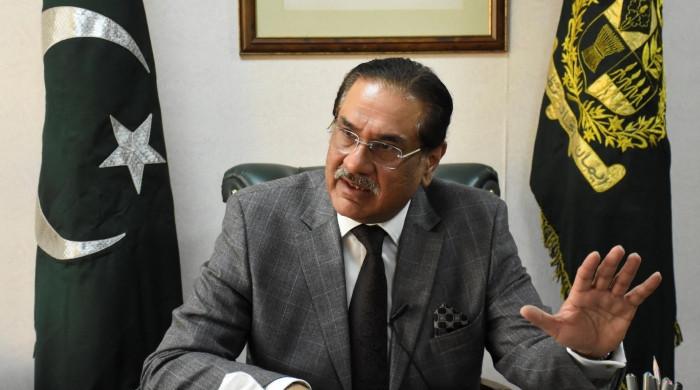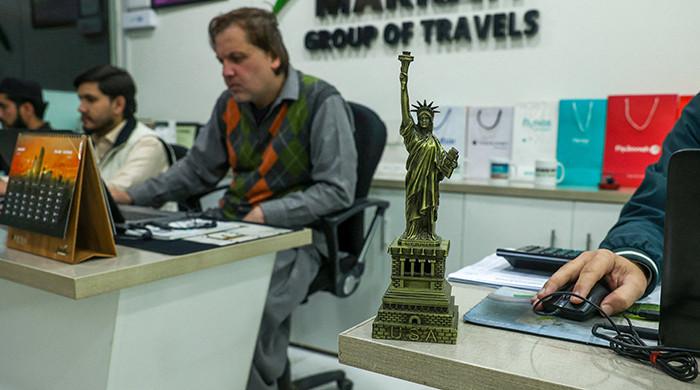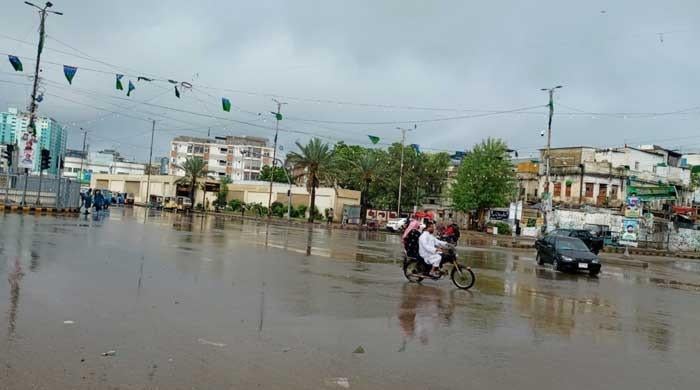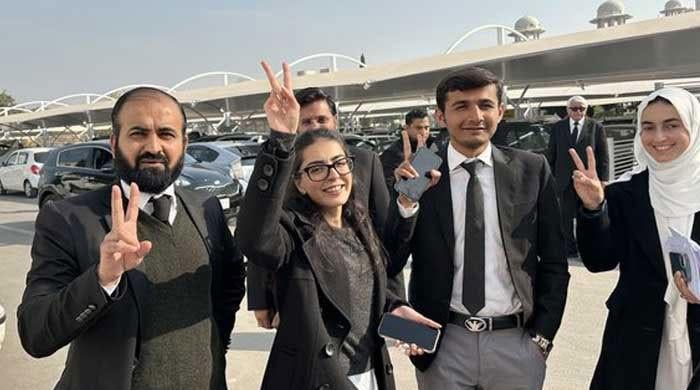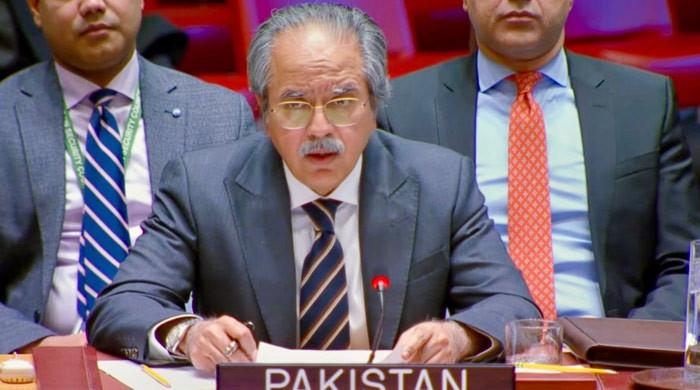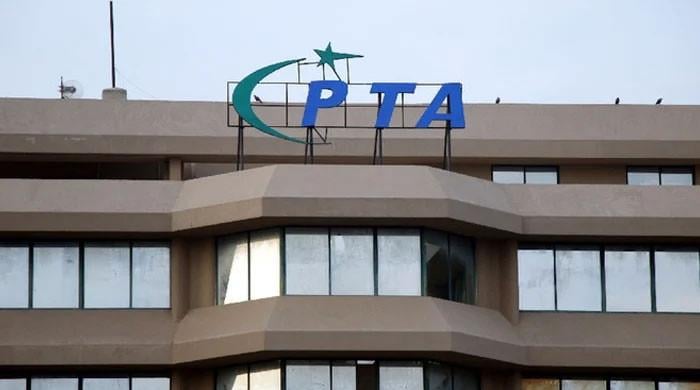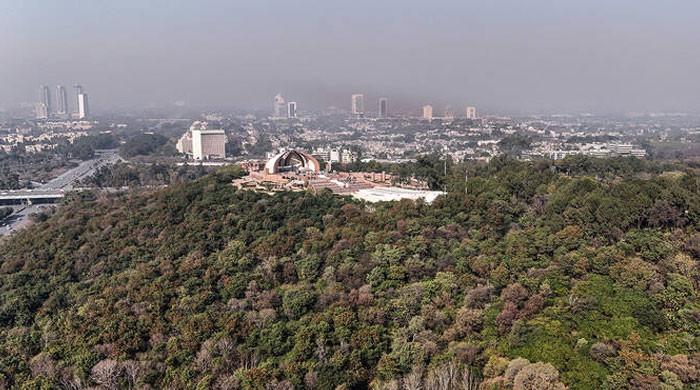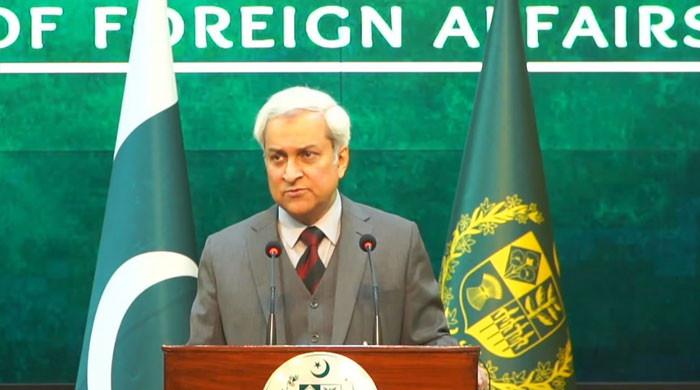Bereft of pluralist ethos: Reminiscing a Sindh which was vibrant
Adab, zabaan ko samjha nahin gaya, isliyay goli chali (literature and language were never understood, hence the culture of bullet)
February 12, 2017
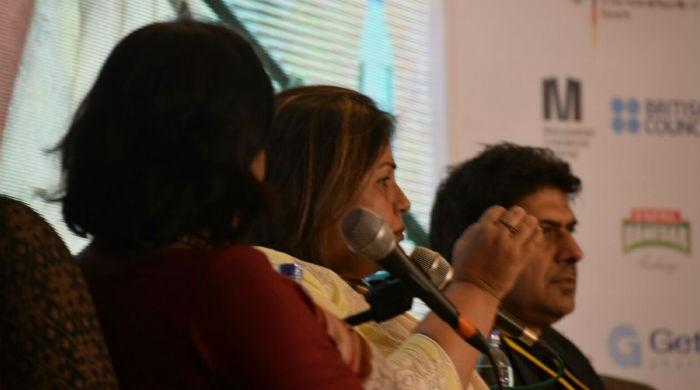
KARACHI: Legend has it that in Darro, a small town in district Thatta in Sindh, there once was a Hindu woman Mai Manna. Manna was a polite, hardworking cleaning lady in local mosques, and everyone had taken a liking to her. When she died, her casket had become so heavy that Hindus in the area were unable to lift it. It was only when Muslims also lent their shoulders could the body be carried for cremation. Spellbound, the locals, mostly Muslims, declared her sufi. A Hindu sufi. She is revered to this day.
This is the story of a pluralist Sindh—not necessarily secular or liberal, but pluralist nonetheless. The story, retold at the eighth Karachi Literature Festival held at the Beach Luxury Hotel from Friday till Sunday, the focus being Sindhi literature, language and identity politics.
Discussions in a session title “Sindh Speaks” on Saturday, moderated by Amar Sindhu, touched the various contemporary matters surrounding Sindh and its people. Sindh is going through an “organic change”, she said, but has the work of modern-day poets also evolved accordingly? Or is it out of touch with the common Sindhi masses?
“Sindh went through various political movements after partition. Poets of the day wrote accordingly. Today, the political fervour has relatively subsided, and so, today’s Sindhi poet no longer relies on a particular ideology,” said the poet Ahmed Solangi. He refuted the idea that Sindhi poetry stopped evolving after poet Sheikh Ayaz’s death. “Did Urdu die after Faiz Ahmed Faiz? Has the Arab world stopped producing soulful poetry after Mahmoud Darwish’s demise?”

Saif Samejo, lead vocalist of the Sketches band, touched a raw nerve talking about the cultural baggage carried by the young generation growing up in urban centres. “I considered myself a universal child. But then I would hear slogans by nationalist parties, and a sense of belonging would overwhelm me.” He told the audience how parents settled abroad told him that though their children didn’t know Sindhi, they love Samejo’s music—perhaps in a bid to reconcile with their identity and roots.
The conversation then shifted to state’s failure to own regional culture and languages, especially Sindhi. “When famous Punjabi singers would sing on national television, they would be called ‘national artists’. But Allan Faqir remained a ‘Sindhi’ artist,” complained Samejo.
With rising extremism in Sindh, discussion on the subject was inevitable. “Hasna bhi gunaah, ganaa bhi ghunaa,” exclaimed Samejo, adding that this was not the case when he was growing up.
While Samejo got the crowd in the groove, it was the soft-spoken, graceful Noor-ul-Huda Shah who steered the conversation back to love, Sufism, and Sindhi.
“There are distances to be abridged between various ethnicities in Sindh.” Shah emphasised on the importance of learning about and embracing each other’s languages and culture.
She reiterated the message in a session titled ‘Ilaqai aur Qaumi Shanakht’ held on Sunday, which discussed the politics of identity with a focus on regional literature and language, especially Sindhi.
‘This is my land. My association with it goes beyond a 1,000 years. What do they mean by local and national?” she said.

Common in the two sessions was the complain that subsequent governments in Pakistan had failed to promote art and music, leading to a culture of violence and intolerance in the country.
“Adab, zabaan ko samjha nahin gaya, isliyay goli chali (literature and language were never understood, hence the culture of bullet),” said the session’s moderator Attiya Dawood.
While Huda spoke about the need to embrace each other’s languages, social worker and activist Masood Lohar pointed out that development of a distinct script is paramount to ensuring the translation and preservation of the various languages of Pakistan.
“Some regional languages have more alphabets than others. A unified script would minimise ideas being lost in translation, not to mention they will act as a bridge between the various ethnicities.”
He gave the example of an Indian rupee note, which has the amount of the note written in almost all languages of India. “Why can’t we do it,” he asked.
As the session was closing, a faint, slightly complaining voice could be heard from the crowd. “It was a session on Sindhi, but apparently they forgot to hold the discussions in Sindhi.”
The writer works at Geo. She tweets @Sindhu_Abasi




